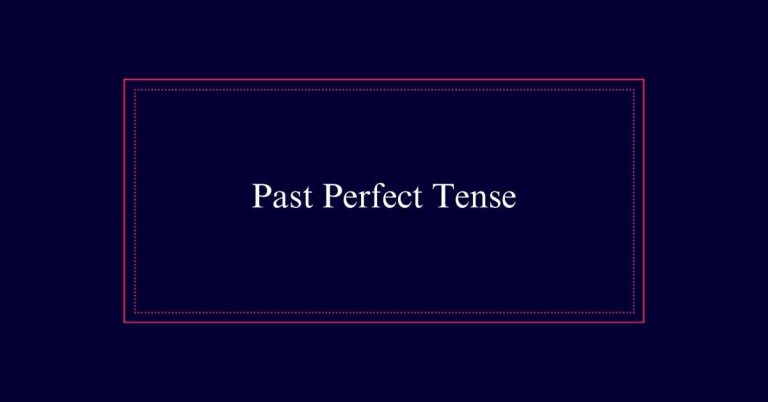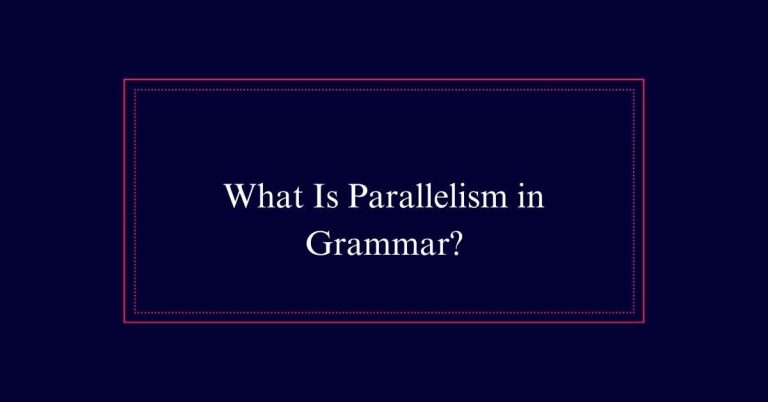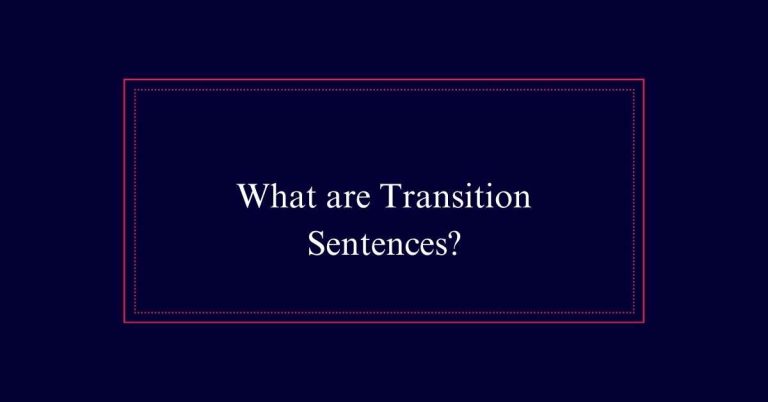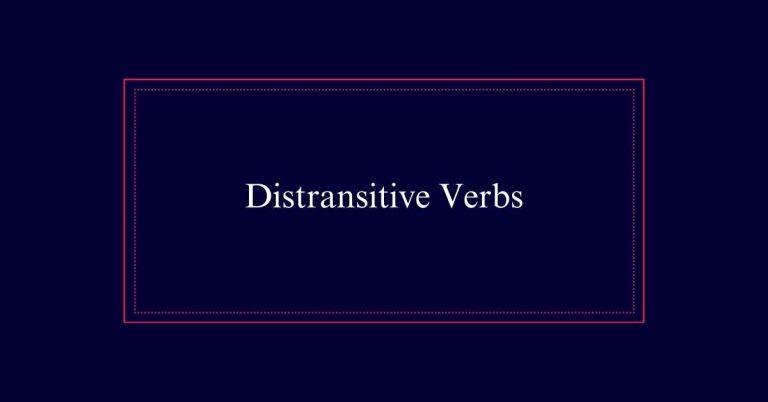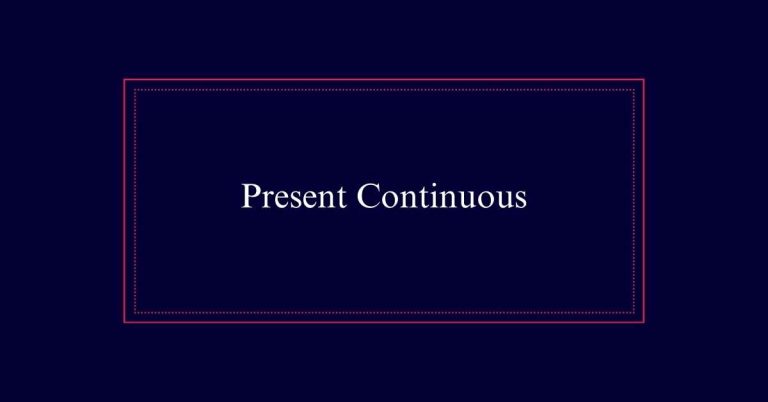Adjectives and Verbs
Adjectives and verbs are essential elements in crafting effective sentences. Adjectives describe nouns, adding detail and clarity. Verbs express actions or states of being. Participles, which are verb forms, can act as adjectives. Present participles end in -ing and convey ongoing actions. Past participles end in -ed or -en and provide descriptive depth.
Understanding Participles
Participles are versatile verb forms that can function as adjectives to modify nouns in sentences. They come in two forms: present participles and past participles. Present participles end in -ing, while past participles typically end in -ed or -en.
For example, ‘smiling’ and ‘washing’ are present participles, whereas ‘broken’ and ‘engraved’ are past participles. Using participles as adjectives adds descriptive detail to sentences. For instance, in ‘the smiling baby,’ the word ‘smiling’ describes the baby. Likewise, in ‘an engraved watch,’ ‘engraved’ modifies the watch.
Present Participles
Present participles, ending in -ing, serve as dynamic modifiers in sentences. They add action and vividness to descriptions.
For instance, in ‘The smiling baby is really cute,’ the word ‘smiling’ modifies ‘baby,’ providing a clearer image. Present participles can also describe ongoing actions related to the noun they modify.
For example, ‘The washing machine is efficient’ uses ‘washing’ to describe the machine’s function. These participles not only act as adjectives but also keep the sentence engaging.
Past Participles
Past participles, ending in -ed or -en, serve as static modifiers in sentences. These verb forms transform into adjectives, adding descriptive depth to nouns. For example, in the sentence ‘The broken vase lay on the floor,’ the word ‘broken’ describes the vase.
Similarly, ‘engraved’ in ‘an engraved watch’ modifies the noun ‘watch.’ Past participles often follow linking verbs like ‘is’ or ‘was,’ as in ‘The cake was burned.’ They provide clarity and detail, enhancing the reader’s understanding.
Adjectives From Participles
Adjectives formed from participles play a significant role in enriching sentence descriptions. Participles, which are verb forms ending in -ing (present participles) or -ed or -en (past participles), can act as adjectives to modify nouns.
For example, in ‘the smiling baby,’ the present participle ‘smiling’ describes the baby. Similarly, in ‘the broken machine,’ the past participle ‘broken’ describes the machine.
Using participles as adjectives adds clarity and detail, making sentences more vivid and engaging. They allow writers to convey more information with fewer words.

Examples of Present Participles
How can present participles enhance sentence descriptions effectively?
Present participles, which end in -ing, serve as dynamic adjectives. They describe ongoing actions and add vivid detail to sentences.
For example, in ‘The smiling baby is really cute,’ the word ‘smiling’ enhances the noun ‘baby’ by depicting an active, joyful state. Similarly, in ‘The washing machine is efficient,’ ‘washing’ modifies ‘machine,’ specifying its function.
Present participles can also depict scenes more vividly. Consider ‘The running water splashed over the rocks,’ where ‘running’ illustrates the continuous motion of water.
Examples of Past Participles
In addition to present participles, past participles can also greatly enhance sentence descriptions. Past participles often end in -ed or -en and serve as adjectives.
For example, consider the sentence: ‘This washing machine is broken.’ Here, ‘broken’ is a past participle that describes the state of the washing machine.
Another example is, ‘I gave my boyfriend an engraved watch.’ In this case, ‘engraved’ modifies the noun ‘watch,’ providing more detail.
Modifying Nouns
Modifying nouns with participles enhances the descriptiveness of sentences. Participles, derived from verbs, come in two forms: present participles ending in -ing and past participles ending in -ed or -en.
For example, in ‘The smiling baby is really cute,’ the present participle ‘smiling’ describes the baby. Similarly, in ‘I gave my boyfriend an engraved watch,’ the past participle ‘engraved’ describes the watch.
Using participles as adjectives adds detail and clarity to sentences. They allow writers to convey more information about the noun, creating vivid imagery. This practice makes writing more engaging and precise.
Descriptive Elements
Participles, both present and past, serve as powerful descriptive elements that enhance the vividness and precision of sentences. Present participles, ending in -ing, and past participles, ending in -ed or -en, modify nouns by providing more detail.
For instance, ‘smiling’ in ‘the smiling baby’ adds a vivid image. Similarly, ‘engraved’ in ‘the engraved watch’ offers a precise description. Using participles as adjectives allows writers to create more engaging and clear sentences. They paint a clearer picture of the noun they modify, making the text more dynamic.
Enhancing Sentences
Using participles as adjectives can greatly enhance the clarity and vividness of sentences. Present participles, ending in -ing, and past participles, ending in -ed or -en, add descriptive elements to nouns.
For example, in ‘The smiling baby,’ the participle ‘smiling’ vividly describes the baby, while ‘broken’ in ‘This washing machine is broken’ succinctly describes the machine’s condition.
Benefits of using participles as adjectives include:
- Clarity: They provide precise descriptions.
- Conciseness: They condense information effectively.
- Vividness: They create lively imagery.
Participles like ‘smiling,’ ‘washing,’ ‘broken,’ and ‘engraved’ enrich sentences by providing specific and engaging details, making the text more immersive and informative.


